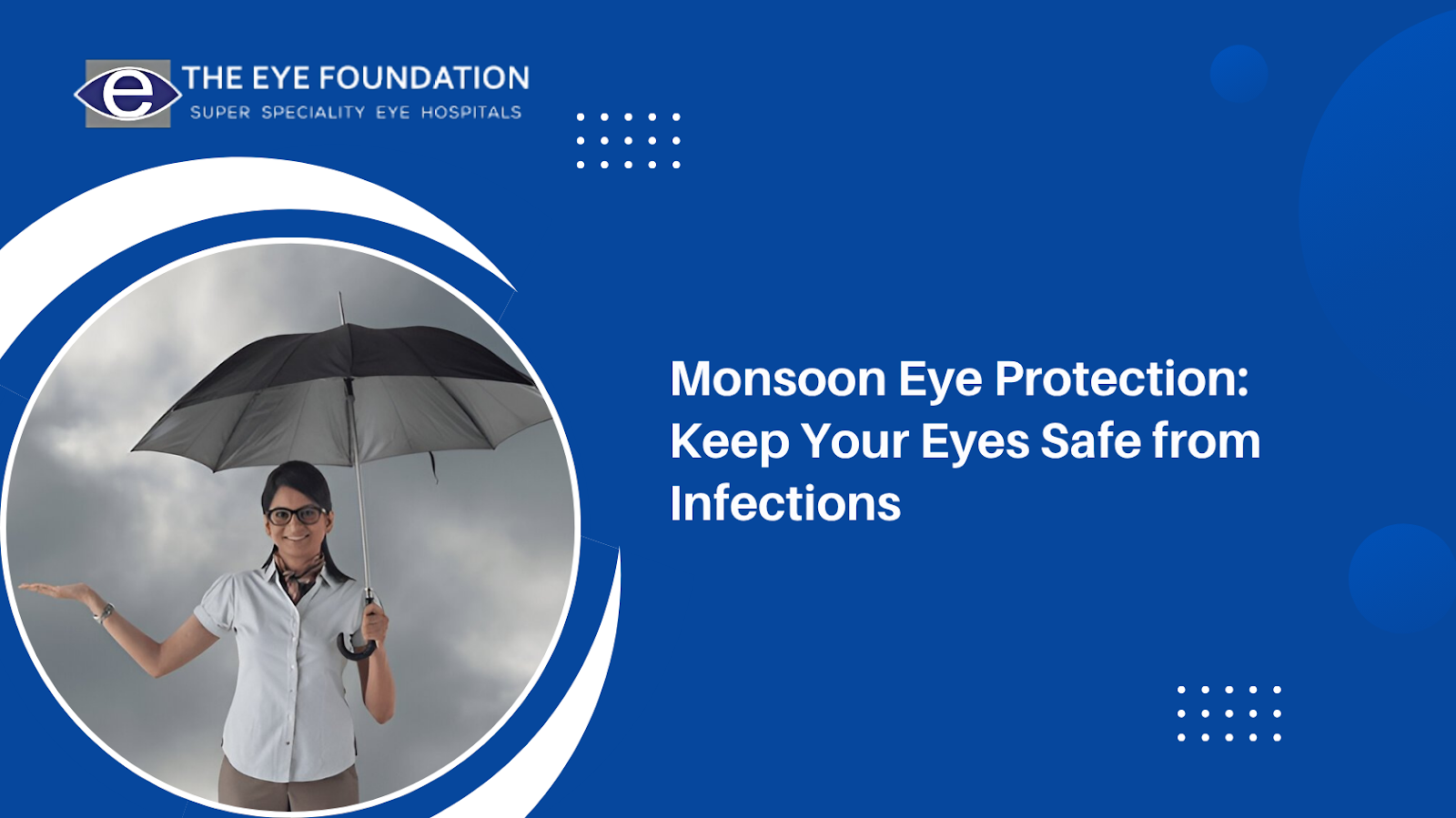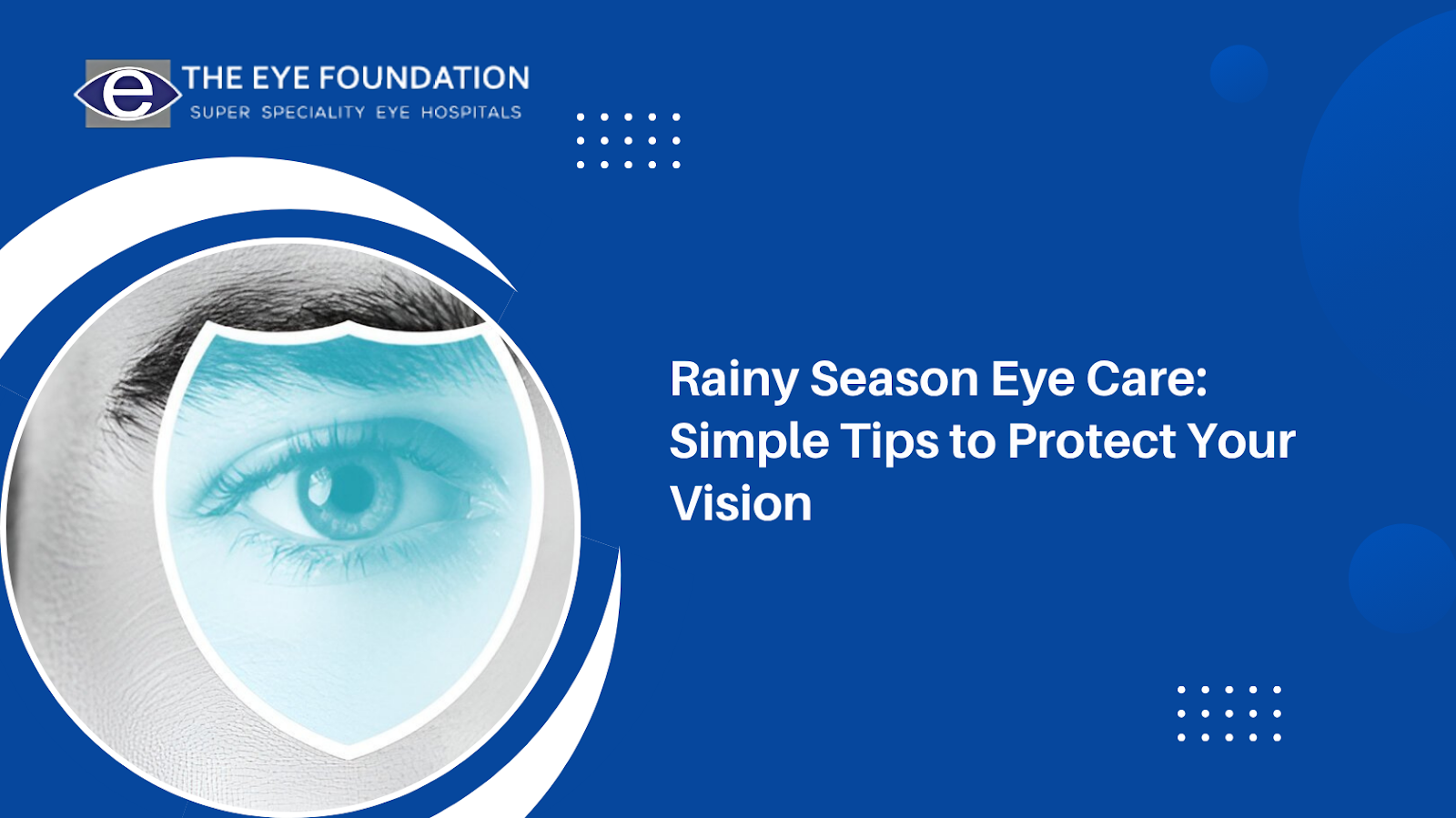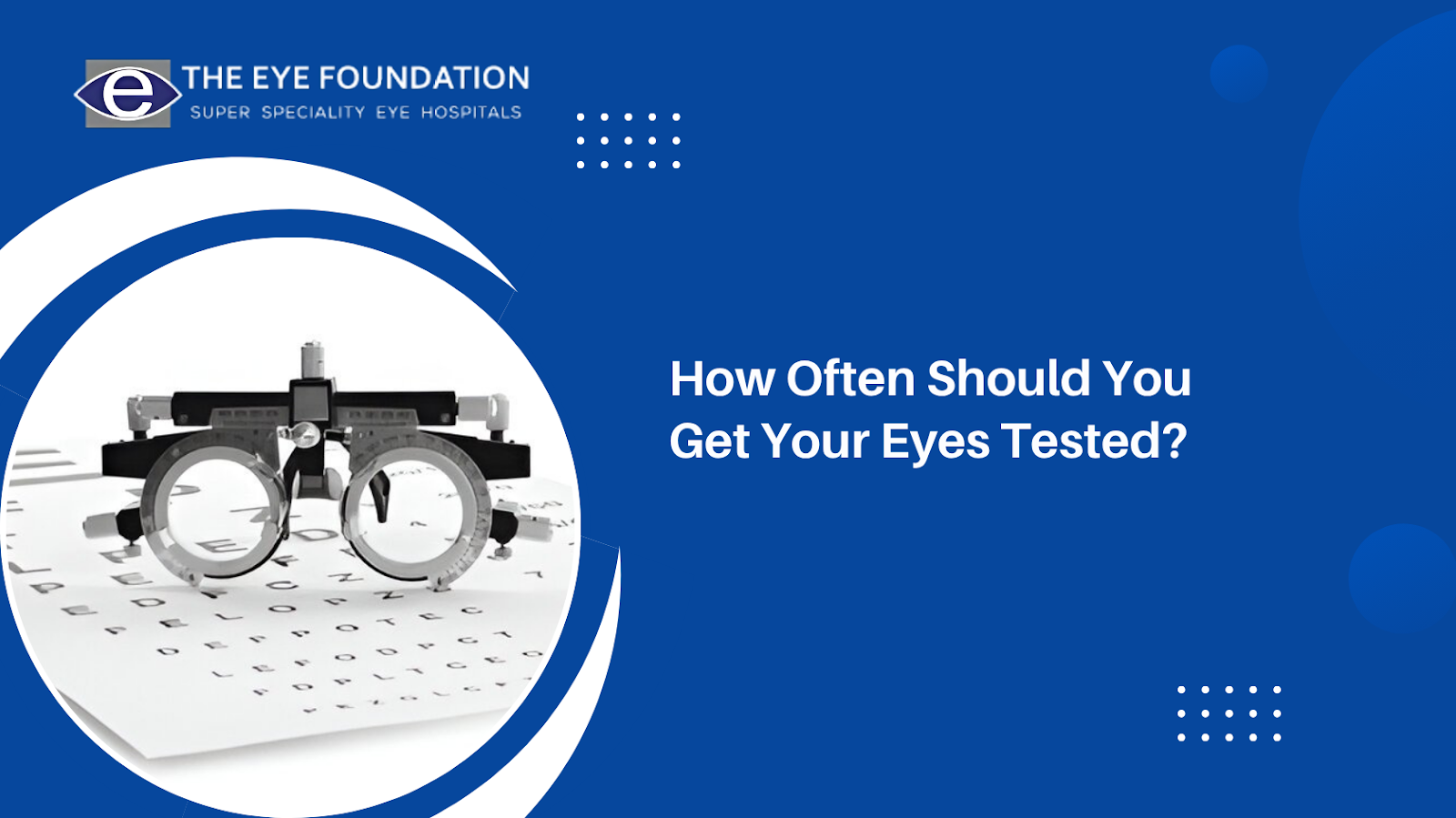Cataracts are one of the leading causes of vision loss around the world, especially as we get older. They are caused by cloud growing on the natural lens of the eye, which can result in blurry-vision, glare problems, and have difficulty seeing at night. Cataracts can develop in presence of advanced age and genetic predisposition; however, lifestyle factors like regular physical exercise can contribute to substantially lessening cataract development.
In this blog, I will talk about how regular physical activity can protect your eyes against cataracts based on scientific evidence, and provide practical tips on how to incorporate exercise into your life.
Cataracts develop slowly and can progressively lessen vision over time. The major risk factors for the development of cataracts include age, diabetes, smoking, extended ultraviolet radiation exposures, poor nutrition, and low physical exercise. If you are aware of these factors, it is easy to see lifestyle modifications, like exercise, plays a role in the prevention of cataracts.
How Regular Exercise Protects Against Development of Cataracts?
Research has shown that individuals that engage in regular moderate physical exercise, are less likely to develop cataracts when compared to individuals with a sedentary lifestyle.
Here is how exercise contributes to reduction in risk of cataracts:
1. Exercise Improves Blood Flow to the Eyes
Exercise has been shown to improve blood flow throughout the body, which includes blood flow to the eyes. With improved blood circulation, the lens of the eye receives more than adequate oxygen and nutrients to stay healthy.It also aids in eliminating harmful toxins that damage the lens of the eye.
2. Reduces oxidative stress
Oxidative stress occurs when free radicals damage lens proteins, which is a risk factor for the formation of a cataract.Regular physical activity increases the antioxidant defense capacity of the body, reducing damage to the eye lens caused by oxidative stress. This will help you maintain a clearer lens for longer within your life.
3. Helps manage blood sugar levels
Diabetes is another significant risk factor that leads to cataracts developing early in life.Regular physical activity also increases your insulin sensitivity and can help you to maintain stable blood sugar levels. By preventing or managing diabetes, you are reducing your risk of acquiring a cataract.
4. Reduces inflammation
Chronic inflammation is known to lead to the quick development of cataracts or lens opacities. Physical activity has been shown to reduce systemic inflammation, which directly protects your eye health and visual hygiene. Less inflammation translates to less breakdown of the lens fibers.
5. Helps manage your weight
Obesity is a risk factor for cataracts because of diseases associated with being overweight, like hypertension or diabetes.Regular physical activity will help you maintain a healthy weight and reduce diseases that burden your metabolism, thereby also helping protect your eyes and lens integrity.
6. Enhances detoxification
Exercise promotes metabolism and sweating, which helps your body eliminate harmful substances. This also protects you from accumulating toxins that can break down or damage the optical lens.
Types of Exercise that Protect Your Eyes
You do not need to be an athlete to protect your eyes! Just engaging in simple and consistent activity will do amazing things for your visual hygiene:
- Walking or jogging these help you develop cardiovascular health and circulation. Cycling - Increases stamina and decreases oxidative stress.
- Yoga & Stretching - Decreases stress, improves circulation, and harmonizes hormones.
- Strength Training - Aids in maintaining metabolism, lowering the risk for obesity.
- Aerobic Exercise - Improves oxygenation to body tissues, including the eyes.
- At least 150 minutes of moderate exercise weekly is aligned with health recommendations.
Additional Lifestyle Choices in Addition to Exercise
Clearly, exercise is extremely beneficial for enhancing lifestyle change; however, exercise plus additional lifestyle habits collectively add value for protection:
- Wear Corrective Sunglasses - UV Protection is important so the lens is not compromised by UV.
- Enhance Nutrition - Nutrition dense foods that contain high levels of Vitamin C, E, and carotenoids.
- Quit Smoking - Increases the impacts of free radicals to the eye.
- Hydrate - Appropriate hydration allows for lens clarity.
- Have Regular Eye Examinations - Regular examinations are valuable for screening and or possible early treatment.
Key Takeaways
Cataracts are preventable to an extent through lifestyle modifications.
- Regular exercise improves circulation, decreases oxidative stress, stabilizes blood sugars, lessens inflammation, and assists with maintenance of weight, all protective for the eyes.
- Basic activities, like walking, practicing yoga, or cycling, are sufficient in this regard, as long as performed consistently (i.e. daily).
- Exercise in conjunction with healthy eating and a routine schedule of eye care is even more protective.
So, how does consistent exercise help protect against cataract formation? Exercise by virtue of it's reduction of oxidative stress to your body, improvement of circulation, management of blood sugar, and reducing inflammation are all ways exercise contributes to long-term health of your eyes, and helps to prevent cataracts.
At The Eye Foundation we acknowledge and advocate for the importance of prevention as much as treatments. Our team of knowledgeable and experienced ophthalmologists not only provide world class cataract surgery, but also support your prevention with lifestyle practices to support prevention.
Now it’s time for you to take the next step in maintaining your eyesight?
Book an appointment with The Eye Foundation today, so you can make sure you can have a clearer vision of your future.






